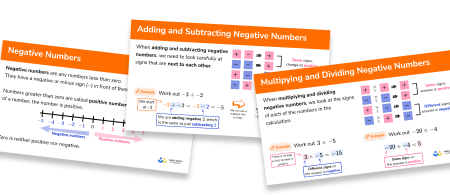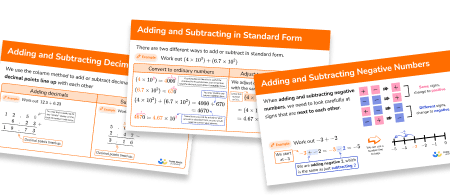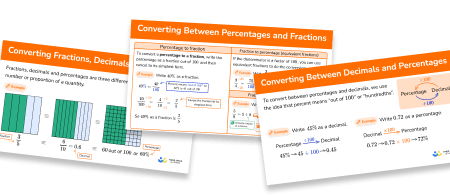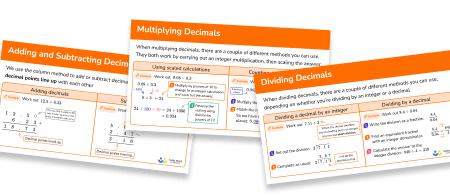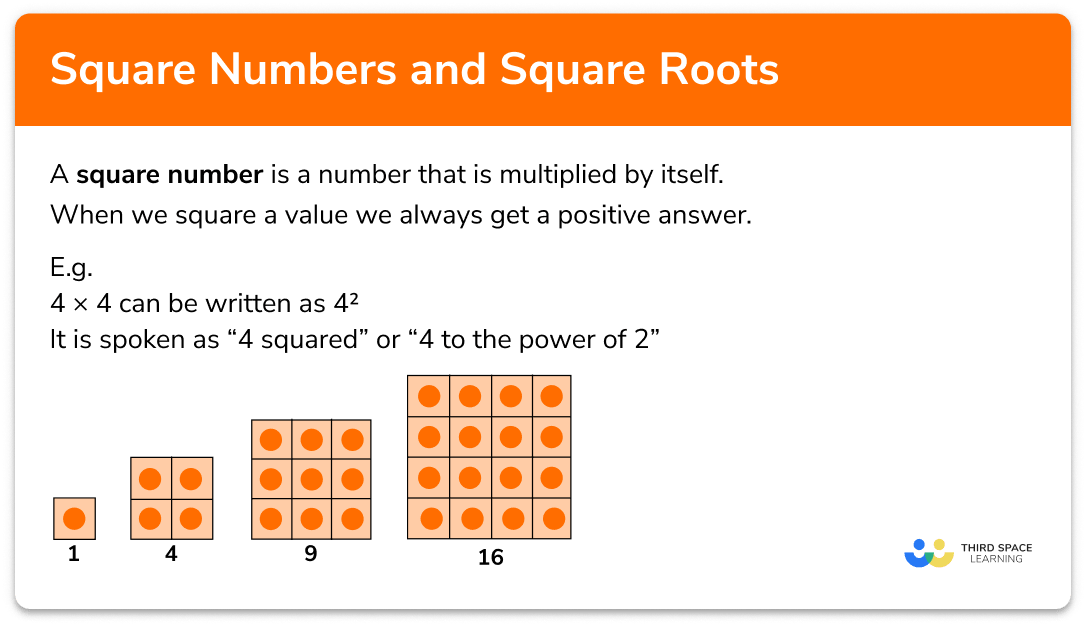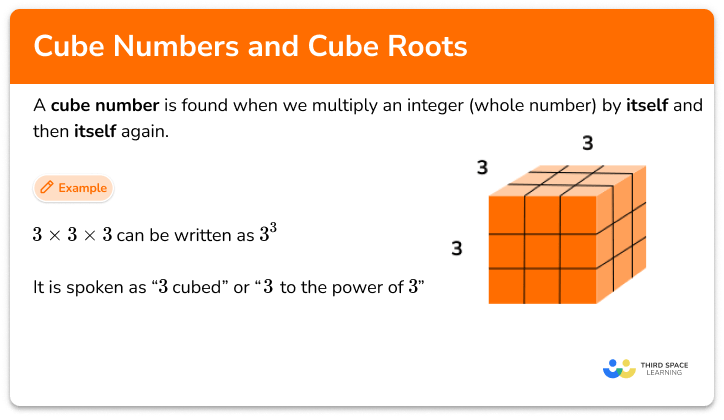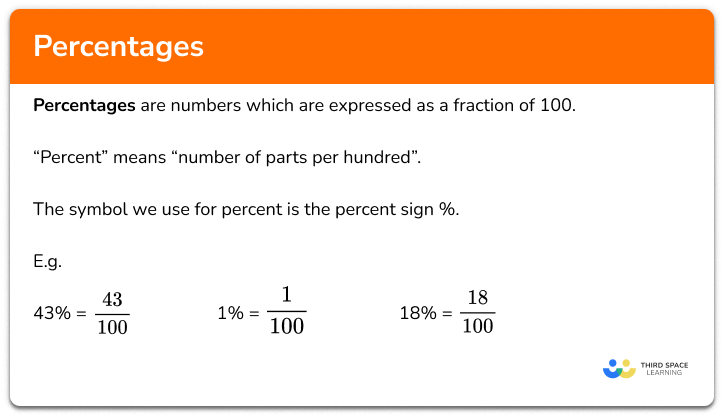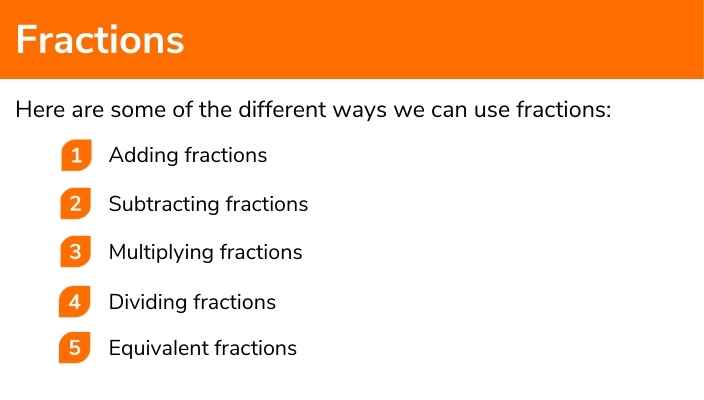FREE DOWNLOAD
Mixed Numbers To Improper Fractions Worksheet

Help your students prepare for their Maths GCSE with this free Mixed Numbers and Improper Fractions worksheet of 42 questions and answers
- Section 1 of the mixed numbers to improper fractions worksheet contains 36 skills based mixed numbers to improper fractions questions, in 3 groups to support differentiation
- Section 2 contains 3 applied mixed numbers to improper fractions questions with a mix of worded problems and deeper problem solving questions
- Section 3 contains 3 foundation and higher level GCSE exam style mixed numbers to improper fractions questions
- Answers and a mark scheme for all mixed numbers to improper fractions questions
- Follows variation theory with plenty of opportunities for students to work independently at their own level
- All questions created by fully qualified expert secondary maths teachers
- Suitable for GCSE maths revision for AQA, OCR and Edexcel exam boards
Converting mixed numbers to improper fractions at a glance
A mixed number (sometimes called a mixed fraction) has both a whole number part and a proper fraction part. An improper fraction is one where the numerator is greater than the denominator ; they are informally known as top-heavy fractions.
A proper fraction is one where the numerator is smaller than the denominator.
A mixed number cannot be composed of an integer and an improper fraction (more than one whole), such as 6 and 8⁄5. This would have to be corrected to a mixed number – in this case, it would be 7 and 3/5.
In order to carry out fraction arithmetic it is useful to be able to convert a mixed number to an improper fraction, and an improper fraction to a mixed number.
To convert mixed numbers into improper fractions, we consider how many of the denominators we have in total. For example, for the number 1 whole and 3 fifths we know that a whole has 5 fifths, so in total we have 5 fifths added to 3 fifths which is 8 fifths. For the number 2 1/4 we know that two whole numbers have 8 quarters (fourths), so in total we have 8 quarters added to 1 quarter which is 9 quarters.
In order to convert an improper fraction to a mixed number we need to divide the numerator by the denominator. For example, to convert 11/5 from an improper fraction to a mixed number, we need to divide 11 by 5. 5 goes into 11 twice leaving a remainder of 1 fifth. So the improper fraction of 11/5 is equivalent to the mixed number 1 and 1 fifth.
Looking forward, students can then progress to additional number worksheets, for example a percentage worksheet or a rounding worksheet.

For more teaching and learning support on Number our GCSE maths lessons provide step by step support for all GCSE maths concepts.
Do you have students who need additional support?
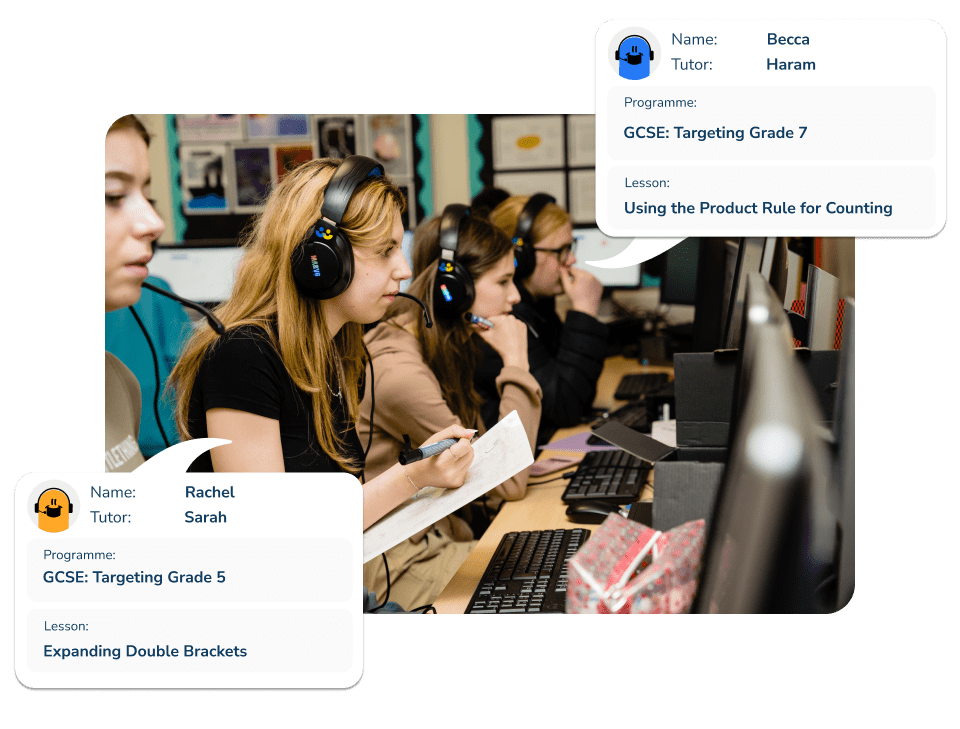
With Third Space Learning's secondary maths tutoring programmes, students in Year 7-11 receive regular one to one maths tutoring to address gaps, build confidence and boost progress.
"My confidence in the tutoring is high. We've had some phenomenal results. I even had one girl get a Grade 8 this year; she came to every tutoring session."
Stacey Atkins, Maths Director, Outwood Grange Academies Trust

